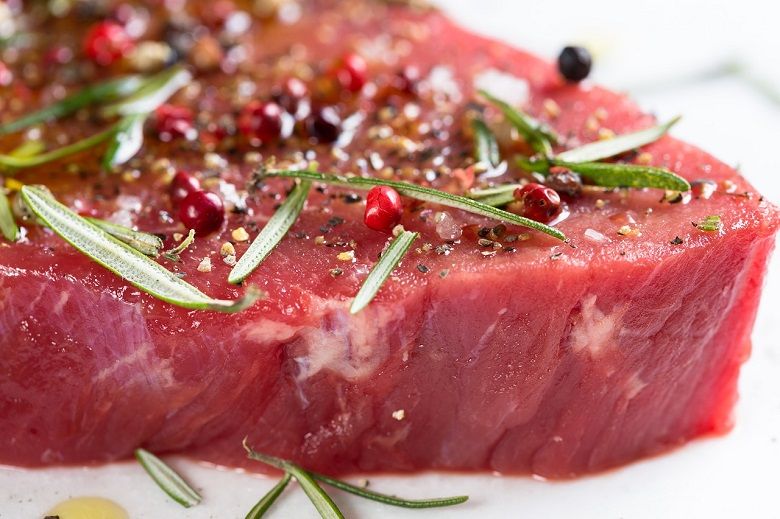Red meat: properties and benefits for your health
There is considerable confusion over the definition of red meat and white meat. But what are red meats and what are their properties and benefits for health?
We have already dealt with the differences between white meat and red meat and how to distinguish them, finally coming to the conclusion that, from the nutritional point of view, they are not so different and both have many beneficial properties for our health. After examining what are the white meats and their characteristics, we now analyse red meats and their properties.
The meat of cattle, sheep and goats, pigs and horsesare classified as red meat for the colour of fresh meat, due to the higher myoglobin content than that of poultry and fish, making the difference only from a chromatic point of view. Therefore, even pork and veal, for which today there is much confusion, are classified as red meat, even if they have many characteristics in common with white meats, further demonstrating that there is not so much difference between the nutritional properties and health benefits of different meats.
Although white meats are those commonly considered synonymous with health, red meats are not less nutritious, thanks to the richness of nutrients more bioavailable than alternative foods, and beneficial compounds, in spite of those who believe them “less healthy”. Indeed, the red meat registers in general the greater content of nutraceutical substances, i.e. those bioactive compounds with antioxidant properties that can prevent diseases such as diabetes, obesity, cardiovascular disease and cancer.
It has been demonstrated how red meat has a beneficial role in improving overall nutrition when eating a varied and balanced diet, giving the same benefits of a vegetarian diet but avoiding the risk of deficiencies, especially in the most at risk of malnutrition, such as children, pregnant women and the elderly, for whom the needs increase. Or in developing countries, reducing the risk factors of some diseases.
Like white meats, red meats can also be introduced into a low-calorie diet, thanks to their active role in increasing energy metabolism, a sense of satiety and weight loss, as it is proven that the inclusion of lean red meat in a healthy and varied diet can help in losing weight.
The continuous recommendations to reduce red meatintake in the diet may have negative implications on the micronutrient intake status: it has been shown that women who consume less than 40g of red meat a day are more likely to take micronutrients such as zinc, iron, vitamin B12, vitamin D and potassium below the reference doses. These risks and the adverse health consequences that they entail should be considered when it is recommended to drastically reduce red meat based on unfounded alarmism.
In a recent study, it emerged that children and adolescents who eat meat every day, with more than five servings a week, both red meat (mostly beef and pork) and white meat (mainly chicken), grow more in height compared to those who consume less meat, with less than a portion a week: furthermore, children and adolescents who consume meat rarely suffer from high blood pressure and obesity, confirming the importance of an appropriate intake of this food for the correct muscular development, for the growth in stature and for the general health.
A recent report from the BOLD (Beef in an Optimal Lean Diet) study found that an increase in the consumption of lean red meat in the context of a healthy heart diet is associated with a decrease in total cholesterol and “bad” cholesterol and with the decrease in blood pressure, with a diet that includes more than 113 grams (specifically 153 grams) of lean red meat of beef or pork a day.
Thanks to new studies of better scientific quality and to a more effective and focused scientific communication, we are finally getting clarity on the real properties of a food which is among the most nutritious that exist and that, if cooked in the right way and consumed in the context of the Mediterranean Diet, it can only bring benefits.

Comments
Post a Comment